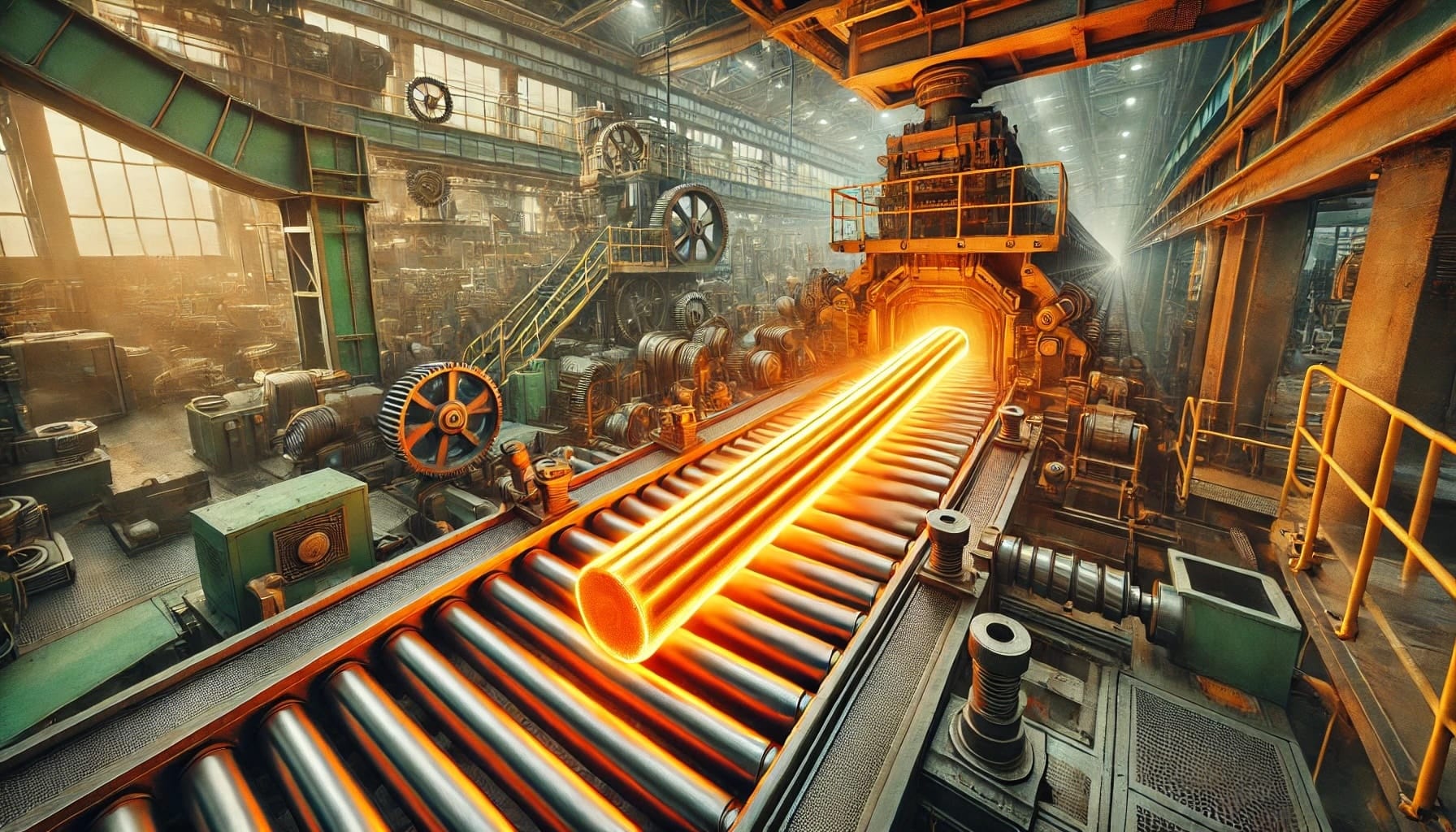In the competitive world of industrial manufacturing, efficiency and performance are constant goals. In this sense, Silicon Carbide (SiC) stands out as a revolutionary material, especially in induction heating applications, transforming this sector by offering better thermal and frequency capabilities compared to traditional silicon semiconductors.
What is induction heating?
Induction heating is a process used in multiple sectors to quickly and uniformly heat conductive materials such as metals, particularly in processes like melting, forging, heat treatment, and welding. Unlike conventional heating methods, induction allows direct heating of the material through electromagnetic fields, reducing heating time and improving energy efficiency. However, silicon-based semiconductor systems present limitations in thermal conductivity and switching frequencies, and this is where SiC provides a significant advantage.
Design challenges in induction heating systems
The design of industrial induction heating systems faces several key challenges to ensure efficiency, reliability, and safety. One of the primary challenges is managing thermal load, as electronic components generate considerable heat during operation. Without proper thermal management, the risk of overheating can lead to inefficiency or even system failure. Additionally, precise temperature control and stability are essential to ensure the quality of the heated materials, which require advanced control algorithms and robust electronic systems capable of responding rapidly to changes in load and power.
For optimal design, engineers must consider various aspects, such as electromagnetic compatibility, energy efficiency, scalability, the selection of components that can withstand high frequencies and powers, and compliance with safety regulations. With the integration of SiC, many of these demands can be managed more effectively.
Advantages of Silicon Carbide in industrial induction systems
SiC offers several advantages in high power and high temperature applications that make it ideal for induction heating:
- Improved thermal management: The high thermal conductivity of SiC enables systems to withstand higher temperatures without degrading. This translates into a higher power density and the ability to operate at elevated temperatures without risk of failure, particularly benefiting applications requiring precise thermal control in difficult cooling environments.
- Higher efficiency: SiC devices, such as MOSFETs and SiC diodes, exhibit lower switching losses compared to their silicon counterparts. This is due to their lower on-resistance and their ability to switch at higher frequencies. The efficiency gained means less energy wasted as heat, thus reducing operating costs and carbon footprint.
- High-frequency operation: SiC components can operate at higher frequencies, allowing for smaller magnetic components, such as coils and transformers. This helps to reduce the size and weight of the system, a significant advantage for portable applications or those with space constraints.
- Enhanced system reliability: The robustness of SiC allows for greater resistance to adverse operating conditions, such as high breakdown voltages and extreme temperatures. This improves system reliability, which is crucial in industrial environments where downtime can be costly.
Specific applications of SiC in industrial induction heating
SiC is particularly beneficial in applications that require high efficiency and reliability in complex industrial environments. Some use cases include:
- Heat treatment: SiC’s ability to withstand rapid thermal cycling and high temperatures allows for more precise and consistent treatment of metals.
- Welding: In welding, SiC provides the necessary power and control to achieve high-quality joints with minimal energy waste.
- Metal melting: SiC allows for faster melting times and lower energy consumption, thus improving efficiency.
- Annealing: In annealing, where controlling the microstructure of materials is crucial, SiC ensures high thermal stability without damaging the material.
Simulation and optimization with SiC
Simulation plays a crucial role in the design of induction systems with SiC. Engineers can model the performance of SiC components in heating systems, anticipating thermal behaviors, electromagnetic fields, and overall system efficiency. This enables predictive design where potential issues are identified and resolved before the creation of a physical prototype, thus reducing development time and costs.
Selection and design considerations for SiC components
The adoption of SiC in induction systems requires careful attention in the selection of components and design to balance reliability and cost. Factors to consider include:
- Operating conditions: SiC components must be selected to withstand specific thermal and electrical stresses.
- Compatibility: Ensuring that SiC devices are compatible with other system components.
- Thermal management: Implementing effective cooling mechanisms that match the heat dissipation requirements of SiC.
- Initial costs versus maintenance costs: While SiC components may have higher upfront costs, their efficiency and durability often result in long-term savings.
Conclusion: The future of SiC in induction heating
The adoption of SiC in industrial induction heating systems represents a significant advancement towards efficiency, reliability, and sustainability. With properties that surpass silicon in many key aspects, SiC is poised to redefine performance standards across a variety of industrial applications. As SiC technology continues to evolve, it is expected to play a pivotal role in transforming manufacturing processes, setting a new standard in efficiency and thermal control in the industry.
For companies and developers, the integration of SiC not only enhances system performance but also aligns production processes with sustainability goals, contributing to a greener and more efficient manufacturing future.
Source: Microchip. Image by Dall-E.

